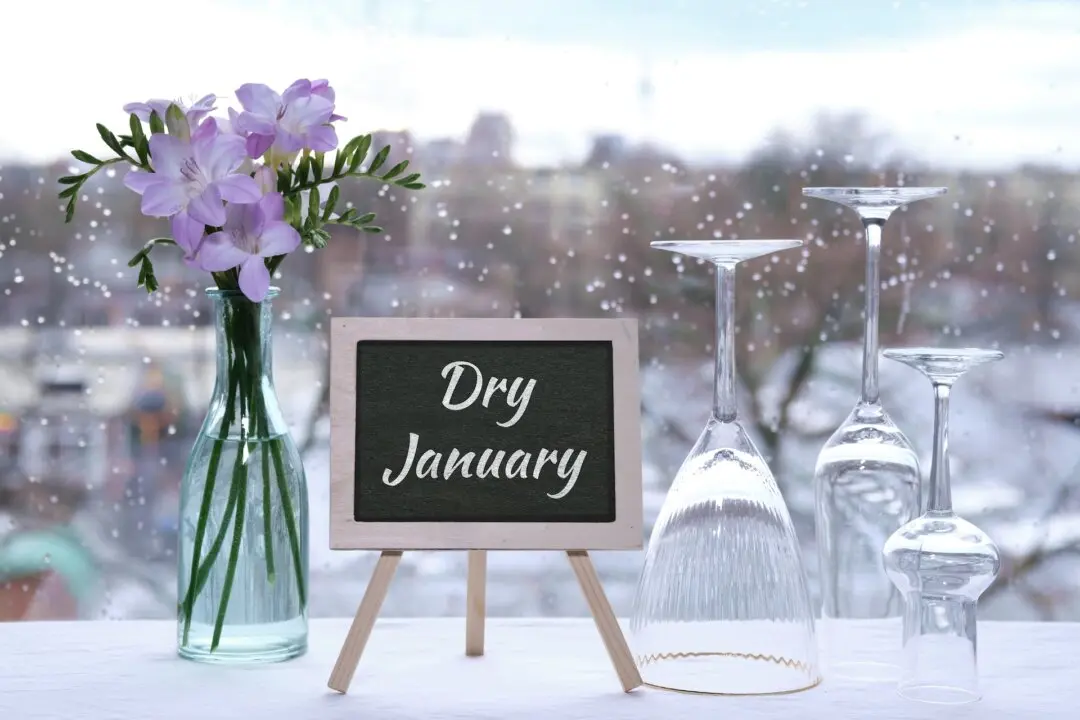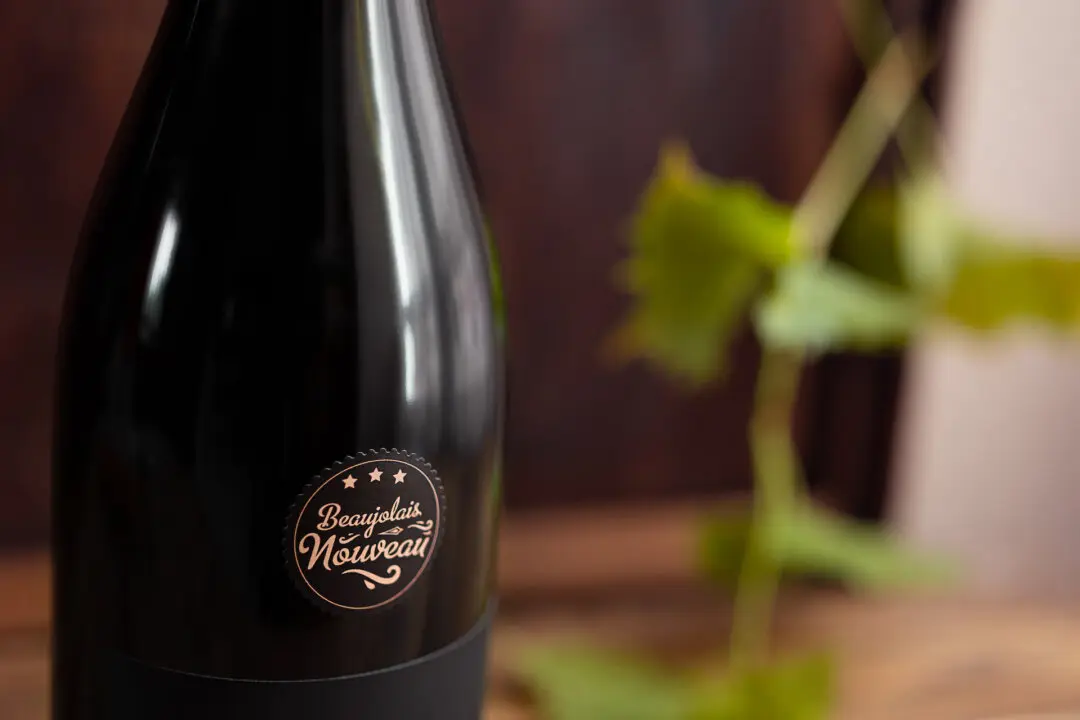With the advent of warmer weather, rosé wines have become a hot ticket with wine lovers, particularly those who want something cold for patios on the warmest of days.
This is a pleasing way to beat the heat, not to mention how well dry pink wines work well with finger foods like cheeses, nuts, crackers, dips, and the other nibbles that work well under sun-masking umbrellas.





